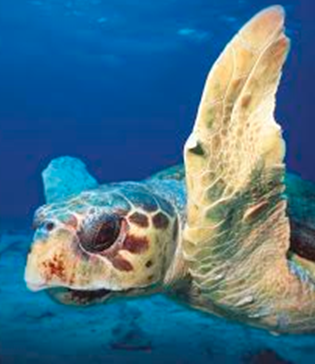Speaker
Dr
Marco A.L. Zuffi
(Museum Natural History,University of Pisa-Italy)
Description
Theoretical and practical proposals for the conservation of habitat and species have long been of interest in conservation biology. A number of results are currently available in the biology, ecology and life-history traits of many vertebrates, however very little has been done to provide a robust and long-lasting tool in the management of long living organisms, especially for reptiles. In this study, life-history traits of a well-known population of European Pond Turtle (Emys orbicularis) from central Italy were used in a computational model, whose implementation is freely available as open source software. We used model-based simulations to predict the demographic structure of turtle populations, taking stochastic variations into account, for a period of 500 years (that is about 38 turtle generations). These simulations showed that, after a period of 55-60 years, the population structure reaches stability, irrespectively of both the initial number of adults and the methodology for population reinforcement. After the initial period, when stability is reached, the observed variations of each age class and of the whole population suggest that the population can remain stable for at least for five centuries. The model-based simulations presented offer a quite simple methodological approach for management of long-living animals, as freshwater turtles as well terrestrial tortoises. The specific case of the European Pond Turtle underlined that actual procedures of population reinforcement, reintroduction and introduction should be carefully reconsidered. Due to the very short times to run most analyses, absence of any direct costs, our theoretical model should be considered a suitable best practice for the management of long-lived vertebrates.
Author
Dr
Marco A.L. Zuffi
(Museum Natural History,University of Pisa-Italy)
Co-authors
Prof.
Andrea Maggiolo-Schettini
(Department of Computer Science, University of Pisa, largo Pontecorvo, 3, I-56127 Pisa, Italy)
Dr
Aureliano Rama
(Department of Computer Science, University of Pisa, largo Pontecorvo, 3, I-56127 Pisa, Italy)
Dr
Paolo Milazzo
(Department of Computer Science, University of Pisa, largo Pontecorvo, 3, I-56127 Pisa, Italy)
Prof.
Roberto Barbuti
(Department of Computer Science, University of Pisa, largo Pontecorvo, 3, I-56127 Pisa, Italy)

